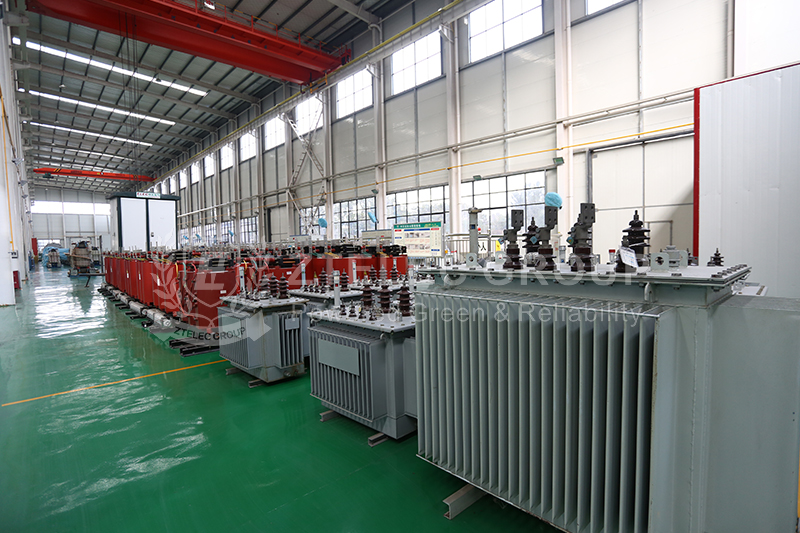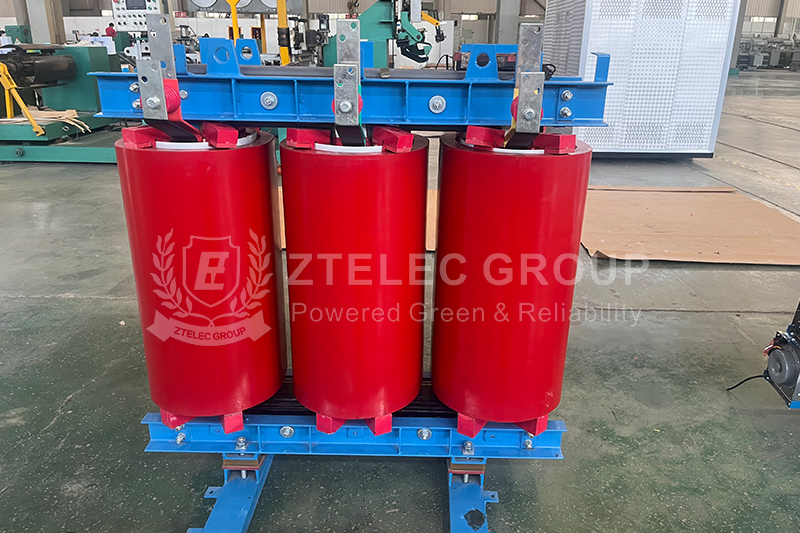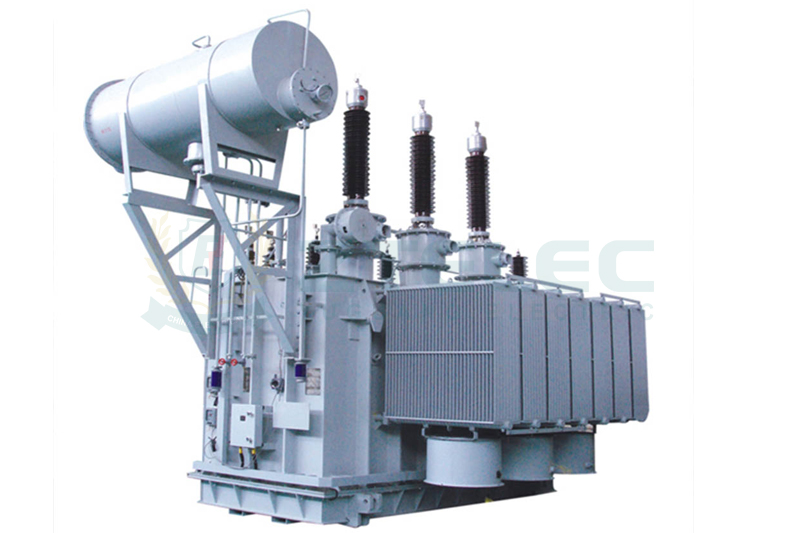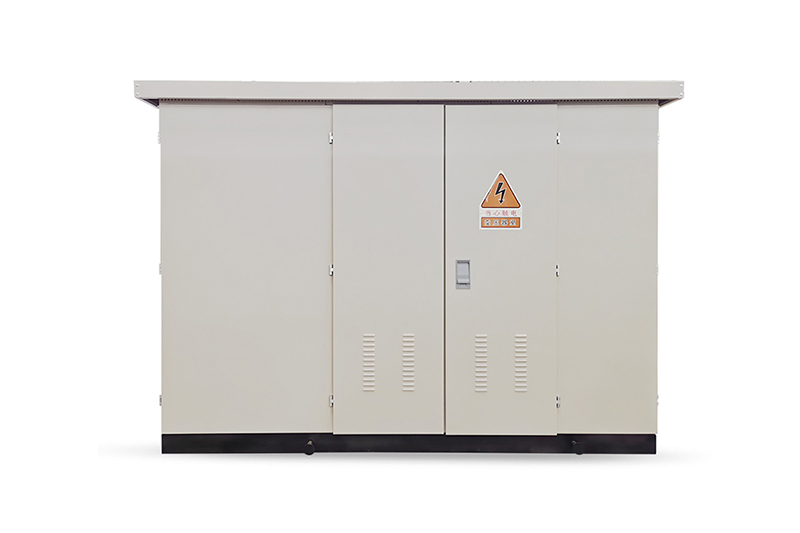Why are transformers important in generating electricity?
Time:2025-04-14 Auther:ZTelec-www.ztelectransformer.com
In modern power systems, power generation is a complex and critical process, and transformers are an indispensable core equipment in this process. For power transmission, it is like a heart. With its own electromagnetic induction principle, it achieves efficient conversion and transmission of electric energy, laying a solid foundation for the stable operation of the entire power system. So, why are transformers so important in generating electricity?

1. Realize voltage conversion to meet electricity demand
During the power generation process, the voltage generated by the generator is generally low. For example, the output voltage of a large hydroelectric generator is usually at the level of more than ten kilovolts, and the output voltage of a thermal generator is almost the same. However, in the process of power transmission and distribution, different power usage scenarios have different requirements for voltage. Industrial power equipment often requires higher voltages. For example, the power equipment of some large factories may require a voltage of 6-10 kilovolts; while the voltage of residential electricity is generally 220/380V. With the help of the principle of electromagnetic induction, the transformer can increase or decrease the low voltage output by the generator to the appropriate voltage level to meet the needs of different power equipment.
2. Provide safety protection to ensure safe operation
Electrical isolation
The transformer relies on electromagnetic induction to achieve electrical isolation between the primary and secondary windings. There is only magnetic coupling between the primary and secondary windings, and there is no direct electrical connection. In this way, even if a short circuit or other fault occurs on one side of the secondary winding, it will not directly affect the power supply and equipment on the primary winding side, thereby ensuring the safety of the power generation system and electrical equipment.
Overvoltage protection
In the power system, overvoltage phenomena may occur, such as lightning overvoltage and operating overvoltage. The transformer can limit and protect overvoltage with its own insulation structure and protection devices, such as lightning arresters, to prevent overvoltage from damaging the equipment.

3. Adapt to different power generation methods and grid structures
Adaptation to multiple power generation methods
With the development of energy diversification, in addition to traditional thermal power generation and hydropower generation, renewable energy power generation methods such as wind power generation, solar power generation, and biomass power generation are also becoming increasingly popular. The power parameters (such as voltage, frequency, etc.) generated by different types of power generation methods may be different. The transformer can appropriately transform and adjust the power according to the characteristics of these power generation methods, so that it can be connected to the power grid and run in parallel with other power sources.
Optimization of power grid structure
In a complex power grid structure, transformers can reasonably adjust the voltage level and distribute electric energy according to the load distribution and power flow of the power grid. For example, in the hub substation of the power grid, by rationally combining transformers of different capacities and voltage levels, electric energy can be flexibly dispatched and optimized. This measure can effectively improve the stability and reliability of power grid operation and ensure the continuity, efficiency and safety of power supply.




